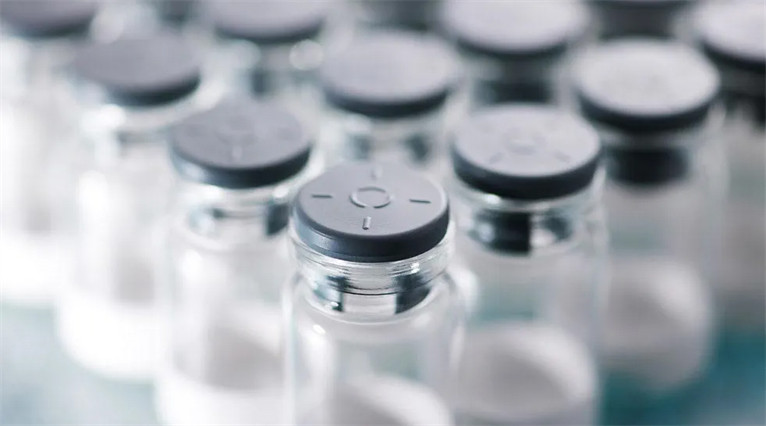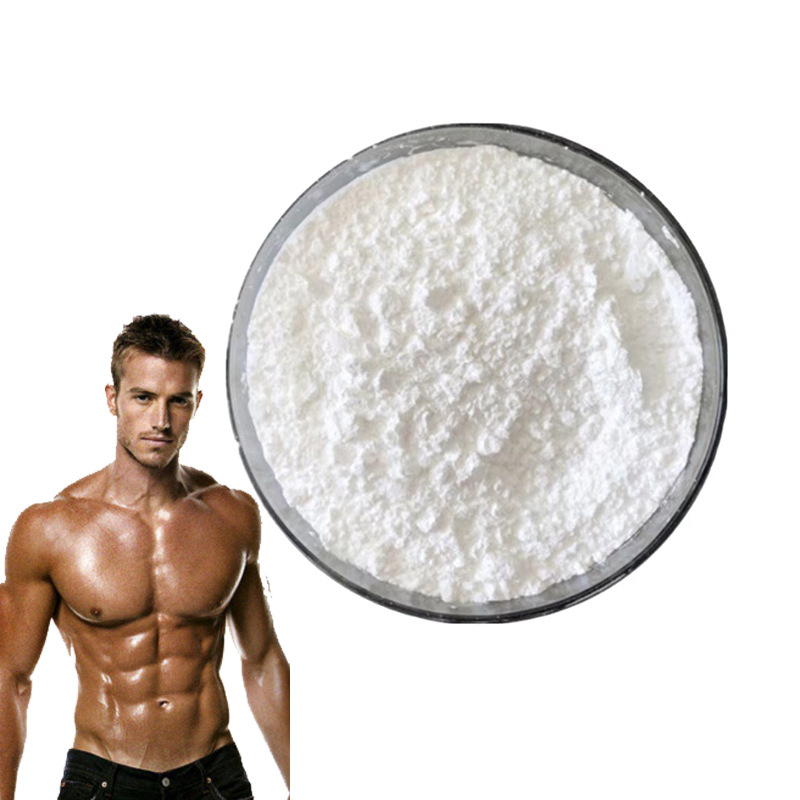Class of Compound:
Peptide
Mechanism of Action:
Melanotan II is an agonist of melanocortin receptors 1 and 4 (MC-1R and MC-4R), which respectively regulate melanin production and male erectile function. It is also believed to stimulate MC-3R, which affects appetite and energy levels.
Notable Studies:
· Evaluation of melanotan-II, a superpotent cyclic melanotropic peptide in a pilot phase-I clinical study
· Melanocortin receptor agonists, penile erection, and sexual motivation: human studies with Melanotan 2
· An unhealthy glow? A review of Melanotan use and associated clinical outcomes
What is Melanotan 2?
Melanotan 2 is a synthetic analogue of alpha-melanocyte-stimulating hormone (α-MSH). The molecule was first developed in the 1980s by University of Arizona researchers, who were looking to clarify the nature and role of the melanocortin receptors in physiological functions. Namely, the peptide was intended to be used as a sunless tanning agent, but was subsequently found to strongly affect sexual function and appetite.
Melanotan 2 (MT-II) should not be confused with another α-MSH analogue, melanotan I (MT-I), which is a linear peptide of 13 amino acids in length. MT-I is identical to α-MSH except that it features norleucine instead of methionine in the fourth position, and D-phenylalanine instead of L-phenylalanine in the seventh position.
In contrast, MT II is a cyclic truncated peptide of just seven amino acids and features a lactam ring .

What Does Melanotan 2 Do?
While the bulk of research on both melanotan molecules has focused on their role as a tanning agent and corresponding potential to lower the risk of skin cancer , clinical studies involving MT-II have investigated its abilities to decrease appetite, increase libido, and diagnose and treat male erectile dysfunction.
Melanotan II is up to 1000 times more potent than endogenous α-MSH, binding to the body’s melanocortin receptors in varying degrees, exerting varied effects. MT-II binds primarily to the MC1 and MC4 receptors, and to a lesser extent to MC3. Here is a rundown of the receptors in play:
· MC1triggers the darkening of the skin and hair.
· MC3 is involved in the regulation of appetite and energy.
· MC4 affects sexual behavior and male erectile function.
According to studies, MT-II increases pigmentation at a lower cumulative dose than MT-I but has been associated with increased side effects, namely as regards satiety and sexual behavor .
As noted by Mahiques-Santos, the higher incidence of side effects associated with MT-II is due to its being less receptor-specific than MT-I. Palatin Technologies has developed a variation of MT-II called bremelanotide (PT-141), which exhibits MT-II’s specific benefits related to sexual stimulation.
Melanotan 2 Benefits | Clinical Trials
Melanotan II is well-studied and its benefits well-documented:
Increased rate of skin tanning:
Melanotan II is known to stimulate the production of melanin, the substance in the skin that determines the rate of tanning and helps prevent sunburn. A 2015 review of melanotan use and associated clinical outcomes identified eighteen clinical trials and twenty-one clinical case presentations demonstrating melanotan II’s action as a synthetic tanning agent .
For instance, in a pilot phase-I clinical study by Dorr et al., three subjects were subcutaneously administered a starting dose of 0.01 mg/kg of MT-II, followed by daily injections of MT-II or placebo for two consecutive weeks. The observed effects included increased tanning, supporting the effectiveness of MT-II as a sunless tanning agent, administered at low doses every other day.
Potential treatment of erectile dysfunction (ED):
In a seminal study on the effects of MT-II on sexual function by Wessells H et al., the peptide was administered to 20 men with erectile dysfunction. The study measured penile rigidity and levels of sexual desire, while side effects were self-reported. According to the authors, 17 out of 20 men experienced the desired outcome of penile erection .
A 2006 study by Giuliano et al. found that injections of melanotan 2 (0.1, 0.3, and 1 mg/kg) elicited erectile events in anesthetized rats. Researchers noted that MT-2 also shortened the latency of the first erectile event to occur, concluding that the peptide recruited the central and peripheral melanocortin pathways to achieve this effect .
However, as noted by Mahiques-Santos, while melanotan II has been investigated as a potential ED treatment, it has been largely superseded by a nasally administered molecule (PT-141, Palatin Technologies), an active metabolite of the molecule. There is nonetheless strong research interest in MT-2 as a potential treatment of erectile dysfunction.
Potential autism treatment:
A 2019 study by Minakova et al. found that melanotan II reversed autistic features in a maternal immune activation (MIA) mouse model of autism. Researchers continuously administered melanotan II to male MIA mice for seven days and observed a “rescue of social behavioral metrics.'' The authors concluded that MT-II was an effective agent for improving autism-like behavioral deficits in the MIA mouse model of autism, suggesting that further research in this area is warranted.
Melanotan II is a synthetic analog of the naturally occurring melanocortin peptide hormone alpha-melanocyte stimulating hormone (α-MSH). In use, Melanotan II has been shown to have aphrodisiac and melanogenic (tanning) effects that have been demonstrated in clinical trials and preliminary studies. The compound is a cyclic lactam analog of α-MSH with an amino sequence named MTII (Ac-Nle-c[Asp-His-D-Phe-Arg-Trp-Lys]-NH2). Of note, as of 2010, no governmental drug regulatory agency in the world has approved the use of any compound containing the Melanotan II peptide














